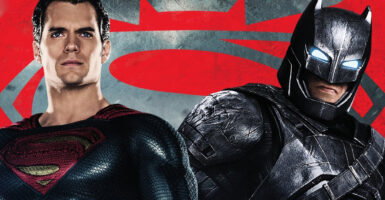Anime Legend Calls Disney Animation Boring
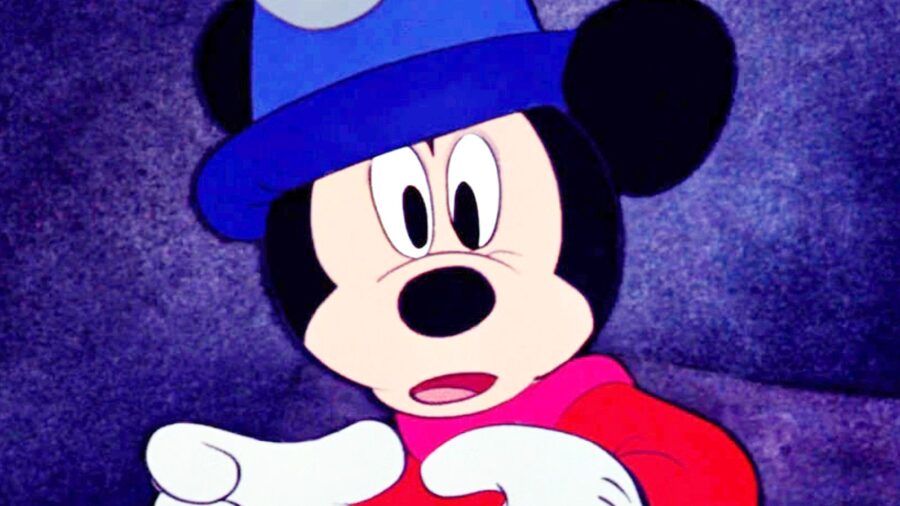
Once Pixar blazed the CGI animation trail with hit films like Toy Story, Disney saw the writing on the wall and bought Pixar. This effectively meant the death of 2D feature films from the animation giant in favor of 3D films that audiences seemed to love, and while that may have worked for Disney, one titan of the anime industry remains unimpressed.
Yoshiyuki Tomino, best known for creating the hit Gundam franchise, recently expressed concerns that anime studios would follow in Disney’s footsteps, and that’s bad because “after switching from hand-drawn to digital animation, many of Disney’s works became disappointing.”
Yoshiyuki Tomino Thinks 3D Animation Is Bland
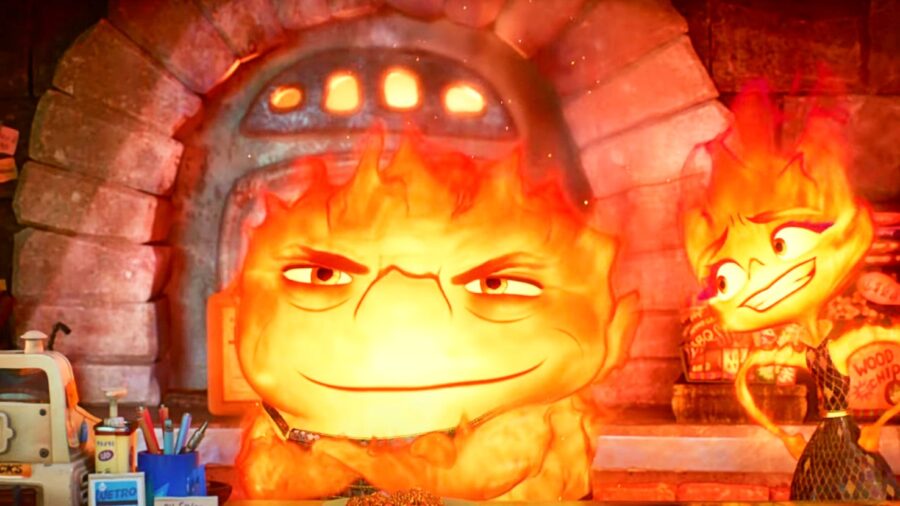
This was part of a larger conversation in which Tomino worried that too many changes could upset the current golden age of anime that fans are enjoying. In order to more efficiently create hit new shows and films, studios like Bandai Namco have begun reorganizing and modernizing their offices. However, Tomino thinks that by making these changes, these studios may ultimately compromise the quality of the art they create.
More Studios Follow In Disney’s Footsteps
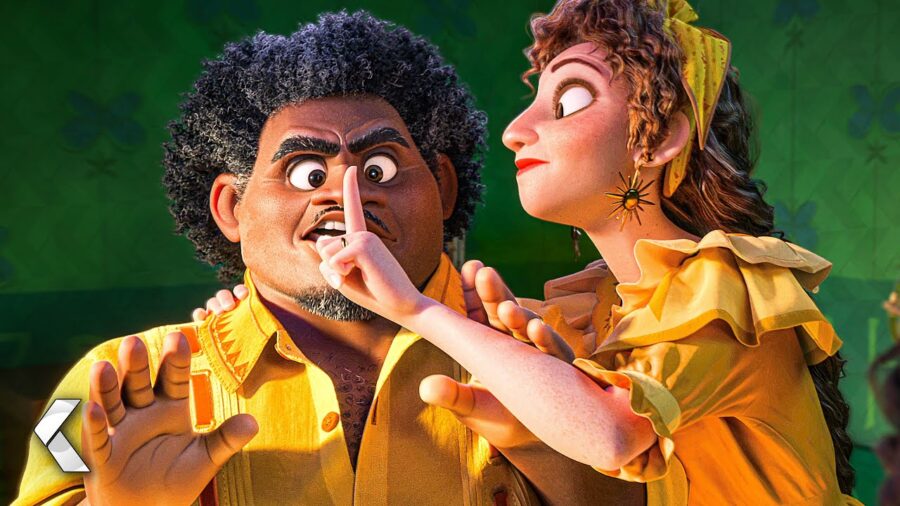
For example, while studios may or may not follow in Disney’s footsteps and begin heavily leaning on CGI animation, Tomino believes the physical environment surrounding the artists in question may still lower the quality of their work. To make his point, this anime legend used the new Bandai Namco as a kind of extended metaphor. He believes Bandai Namco has effectively copied Disney’s digital production model because they have lost sight of how artists actually create great work.According to Tomino, “A creative person must have a crazy side, spiritual, earthy, and indie-like.” He is quick to point out that he doesn’t begrudge the artists who simply wish to work in a more comfortable environment: “if you can create a piece of art in a space with fully controlled air conditioning, I think you should do it.”
But as a veteran of the industry for over half a century, he notes that “when I look back at something like Machiko Hasegawa’s Sazae-san, I get the sense that it was drawn in a drafty workplace during the post-war period when manga began to appear.”
The Fight For Better Working Conditions
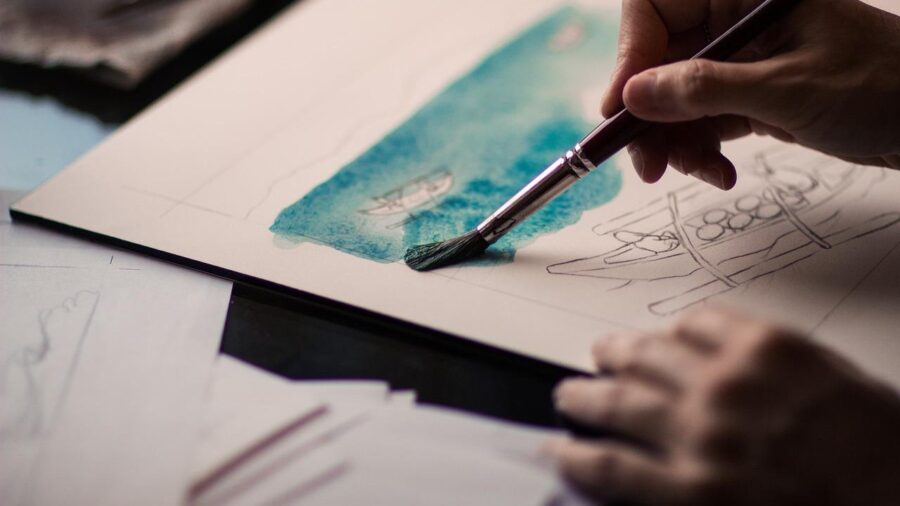
Tomino went on to say “I feel there is a danger that sense may disappear.” In many ways, this is an argument larger than both Tomino and Disney because it hinges on a very philosophical question that has no clear-cut answer. Just how is great art created? This creator seems to be echoing the classic refrain that struggling artists create better art, but we’re willing to bet that if you spoke to the various Bandai Namco animators, most of them would say they simply produce better work under better working conditions.
The Message Behind The Art
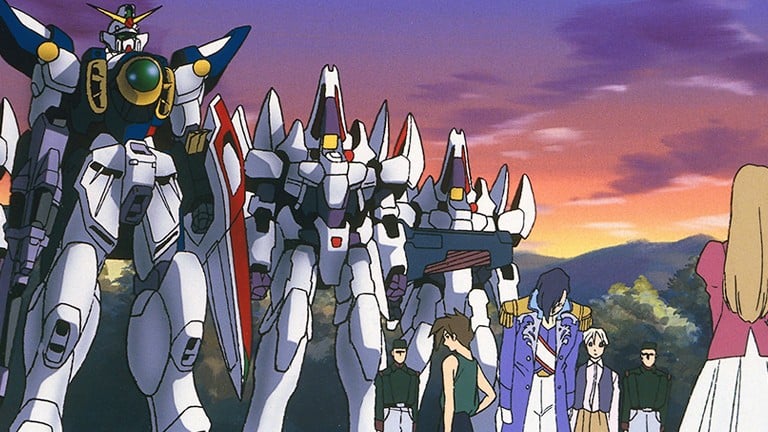
Beyond the comparisons to Disney’s boring animation, it also seems that Tomino has grown very thoughtful over the fact that creations can grow and evolve beyond their creator. In the same interview, he noted that he had put “fundamental messages…into Gundam, such as theories about society and war.” But audiences mostly fixate on “the design of the giant robot.” Somewhat bittersweetly, he noted that Gundam became so popular in large part because “children like dinosaurs and giant robots,” implying that many of the franchise’s biggest fans are missing out on the crunchy messages these shows have to offer because they are mostly focused on the cool designs and over-the-top battles.
A Shift In Priorities To Blame?

We doubt that Tomino would like the comparison, but his worries about his own franchise arguably reflect what happened with Disney over the years. Did the animation giant’s quality really tumble simply because of the switch to CGI, or is the real culprit the fact that Disney is much more interested in selling toys to children than telling a good story?
Considering that Gundam is beloved by many fans more for its countless Gunpla models and toys than for its shows, we think Disney’s negative influence on the anime industry happened long before Toy Story and the advent of CGI animation.
Source: Toyo Keizai

